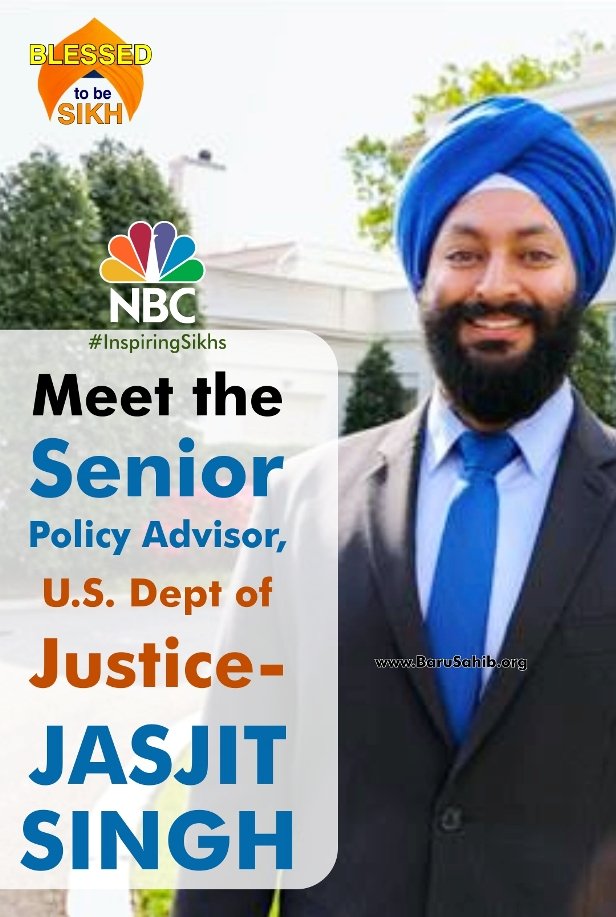PUNJAB, India — Three days after her mother died, Rajinder Kaur sat quietly on the edge of a rope cot, staring at her sandaled feet as the buzz of her friends and family filled the courtyard of her village home in Sher Singh Wala in rural Punjab.
The 20-year-old nursing student, with a girlish frame and long black braid, listlessly recounted the details of her mother’s last 40 days — from a sudden diagnosis of blood cancer to the unaffordable treatment that left Kaur with few options but to watch the pillar of the family suffer in the hospital until she passed away.
Kaur’s mother, who died in May, is among the latest casualties in India’s northern state of Punjab, home to the highest rate of cancer in India. Here, in the country’s breadbasket, 18 people succumb to the disease every day, according to a recent report published by the state government. There are ninety cancer patients per 100,000 people compared to the national average of eighty. And the Malwa region, where Kaur’s family lives, has been dubbed “the cancer belt” of the state because of its particularly high incidence of the disease.
In villages like Sher Singh Wala, working class, agricultural communities are bearing the heaviest burden of this complex crisis — one that involves limited resources, lack of political will and a toxic environmental problem that could foreshadow what many other Indian communities will experience as they follow the state’s economic model.
“We need to strike at the root,” said J.S. Thakur, professor and researcher at the Postgraduate Institute of Medical Education and Research, who has conducted extensive studies on cancer in Punjab.
An Indian farmer walks near agricultural fields on the outskirts of Amritsar, India. In this region, there are ninety cancer patients per 100,000 people compared to the national average of eighty. RAMINDER PAL SINGH / EPA
While the causes of cancer are complicated and still unknown, Thakur and his team found that contaminated water from rapid industrialization and excessive use of chemical fertilizers for high-yielding crops are contributing to the steep rates in the state. Just miles away from the Kaur family’s home are colossal industrial plants that have polluted the irrigation system in the area.
Malkit Singh, a member of the panchayat, or village council, in Sher Singh Wala, said cancer deaths affect almost every other home in his 2,000-person village. Including his: Singh lost his brother and two cousins to cancer in the past decade.
But Singh, a broad man who wears a traditional turban, said that the government’s inability to regulate toxic chemicals is not their only downfall. There is also public outcry that the state has done little to expand the limited healthcare resources available for families who can’t pay to travel to a private, specialized clinic.
“The overall responsibility goes to the government, and the people are also responsible because they have not made an issue of it,” he said.
The region’s only government cancer ward was established just six years ago in the town of Faridkot, an hour’s drive from Sher Singh Wala. On a morning in May, frail women and men slept along the hallways and on the floor of the waiting room as they anticipated the next available doctor, or further tests.
Every day the hospital — staffed with just four oncologists and nine residents in training — receives about 20 new cases and 150 regular cancer patients, said Dr. H.P. Yadav, head of department at the Guru Gobind Singh Medical College and Hospital. Since the service started in 2008, there has been an influx of patients from the region, who previously traveled to nearby states like Rajasthan or New Delhi for treatment.
“There is a scheme for people from Punjab: They’ll get a financial assistance of 1.5 lakh rupees [about $2,500],” Yadav said. “We are trying to give more assistance from our side but the treatment cost is high.”
Meanwhile, a senior official at the hospital who asked that his name not be used said the state has done little to support the center. Most of the initial funding, instead, came from the national government, universities and donors.
Costly treatment is an undeniable burden for most people in this agriculturally rich but poverty stricken region. For them, the government assistance under the Chief Minister’s Cancer Relief Fund scheme is only a temporary solution. When medicines cost almost 20,000 rupees ($400) per month, families are often left to make difficult decisions.
Part of that price tag comes from lack of regulation and oversight. Some pharmacies in the region were charging more than ten times the original price for certain cancer-related drugs, according to a private investigation by the Bhai Ghaniya Cancer Roko Sewa Society, a local nongovernmental organization.
“We focus on poor patients,” said Kultar Singh, vice president of the group. “We started this NGO because people were being overcharged and we were fed up with the politics.”
Their efforts have proven fruitful. Last year the team wrote a letter to the chief justice of Punjab’s high court, prompting them to hold the National Pharmaceutical Pricing Authority accountable for 46 anti-cancer drugs that are supposed to be affordable. In May, the Punjab government rolled out a plan to provide subsidized medicines to cancer patients at public hospitals.
Costly treatment is an undeniable burden for most people in this agriculturally rich but poverty stricken region. For them, the government assistance under the Chief Minister’s Cancer Relief Fund scheme is only a temporary solution. When medicines cost almost 20,000 rupees ($400) per month, families are often left to make difficult decisions.
Part of that price tag comes from lack of regulation and oversight. Some pharmacies in the region were charging more than ten times the original price for certain cancer-related drugs, according to a private investigation by the Bhai Ghaniya Cancer Roko Sewa Society, a local nongovernmental organization.
Their efforts have proven fruitful. Last year the team wrote a letter to the chief justice of Punjab’s high court, prompting them to hold the National Pharmaceutical Pricing Authority accountable for 46 anti-cancer drugs that are supposed to be affordable. In May, the Punjab government rolled out a plan to provide subsidized medicines to cancer patients at public hospitals.
~ Source: nbcnews










